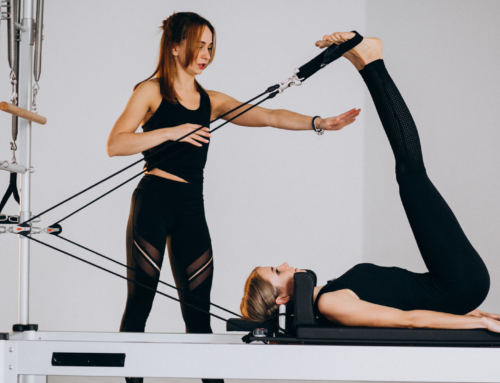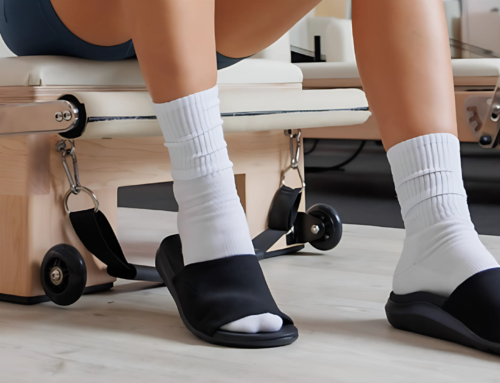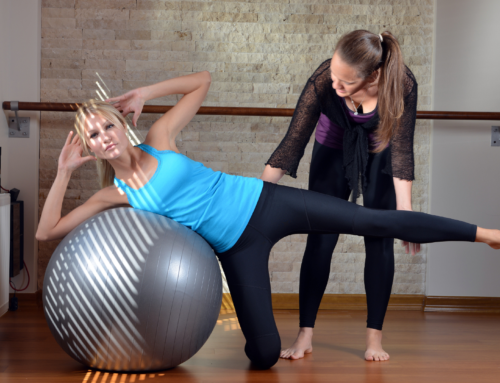Have you had shoulder pain doing overhead movements or reaching in the back seat of the car , lifting shopping bags out of the car or simply just lying on the shoulder? For most of us , we don’t tend to see the GP or Physio at the first sign of shoulder pain. It’ll probably be months if not weeks before we see a health professional. This is also when the shoulder pain may have become worse enough to start affecting your daily activities or even stopping you from doing those. Does this sound familiar? It’s important to understand that shoulder pain with activity or even at rest is a signal for some swelling or inflammation happening within the joint. The pain can also be felt on prolonged sitting, pushing or pulling on something or lifting objects. There are various causes of shoulder pain. Some of the more common ones are as follows:

Common causes of Shoulder pain

Other symptoms you may feel with Shoulder pain
How to get rid of your shoulder pain?
First and foremost it is important to rest the shoulder ! Easier said than done if it’s the right shoulder and if your work involves heavy lifting! However, if you continue to lift with a shoulder injury , the shoulder pain will certainly get worse. It can take days, weeks or months depending on how your body heals. By resting I do not mean a complete bed rest but depending upon the severity of the injury, it is important to at least avoid the aggravating movements. The aggravating movements will be quite different for a person who has just undergone surgery to one who has a minor shoulder pain. This is where Physios come into the picture.
Our Physiotherapists can accurately diagnose where the shoulder pain is originating from. This is very important considering there are so many structures of the shoulder joint. And also this will help us in customising your treatment to your goals and let you know what movements to avoid. Usually scans or x rays are not needed for us to start your or continue your treatment of shoulder pain. However, the physio may advice you to get one if needed. We use hands on techniques to reduce shoulder pain and swelling around the joint. And prescribe strengthening exercises to combat muscle weakness. Taping may be used to support the movement of the muscle and support it while the arm is being used.
The Physiotherapist may use a combination of the following techniques:







